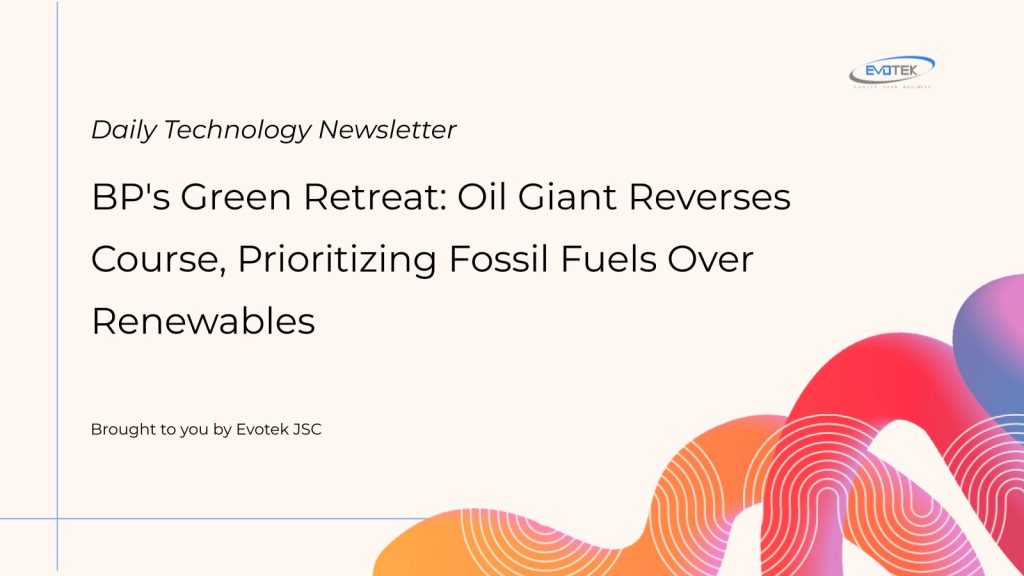Global energy giant BP is undergoing a profound strategic overhaul, dramatically scaling back its ambitious renewable energy targets to refocus on core oil and gas operations. This significant pivot marks a stark departure from its much-heralded “Beyond Petroleum” branding and previous commitments to lead the energy transition.
At a recent capital markets day in London, BP CEO Murray Auchincloss articulated this fundamental strategy reset. Addressing analysts and employees, Auchincloss emphasized that the event was “more than an update,” signifying a complete re-evaluation of the company’s direction.
The Ambitious Green Vision
Just five years ago, BP captivated the industry with bold plans to spearhead the shift towards green power. Under former CEO Bernard Looney, the company pledged to slash oil and gas production by an astounding 40% by 2030 and aimed for net-zero emissions by 2050. Looney confidently asserted the “unstoppable” nature of this direction, emphasizing the bleak future without such action.
Why the Retreat? Investor Pressure & Market Realities
Despite aggressive investments in wind, solar, and electric vehicle (EV) charging infrastructure, BP’s green energy ventures didn’t yield the anticipated financial returns. Profit margins in renewable sectors weakened, and the pace of EV adoption proved slower than initially projected, making some of BP’s early moves appear premature. Furthermore, a perceived decline in political support for clean energy subsidies, particularly in the U.S., underscored the continued dominance of fossil fuels in the global energy landscape.
This confluence of factors led to investor dissatisfaction, pushing the company to re-evaluate its trajectory and prompting calls for greater profitability.
The New Direction: Back to Core Strengths
The revised strategy prioritizes enhanced shareholder returns by reinvesting heavily in robust oil and gas projects, such as the Atlantis platform in the Gulf of Mexico, alongside a selective divestment of its clean energy assets. BP is actively increasing its oil and gas production to meet current market demands and capitalize on existing strengths.
Recent actions include the sale of its American wind business to LS Power, signaling a decisive move away from broad renewable energy expansion. This shift has also coincided with changes in leadership, including the departure of BP chair Helge Lund.
Implications for the Energy Transition
While the broader global energy transition continues, BP’s strategic adjustment highlights the complex challenges and financial pressures faced by major energy companies balancing environmental goals with profitability and investor expectations. The company’s focus is now clearly on maximizing value from its traditional strengths, acknowledging that the transition timeline for fossil fuels may be longer than many advocates had hoped.

 日本語
日本語 한국어
한국어 Tiếng Việt
Tiếng Việt 简体中文
简体中文